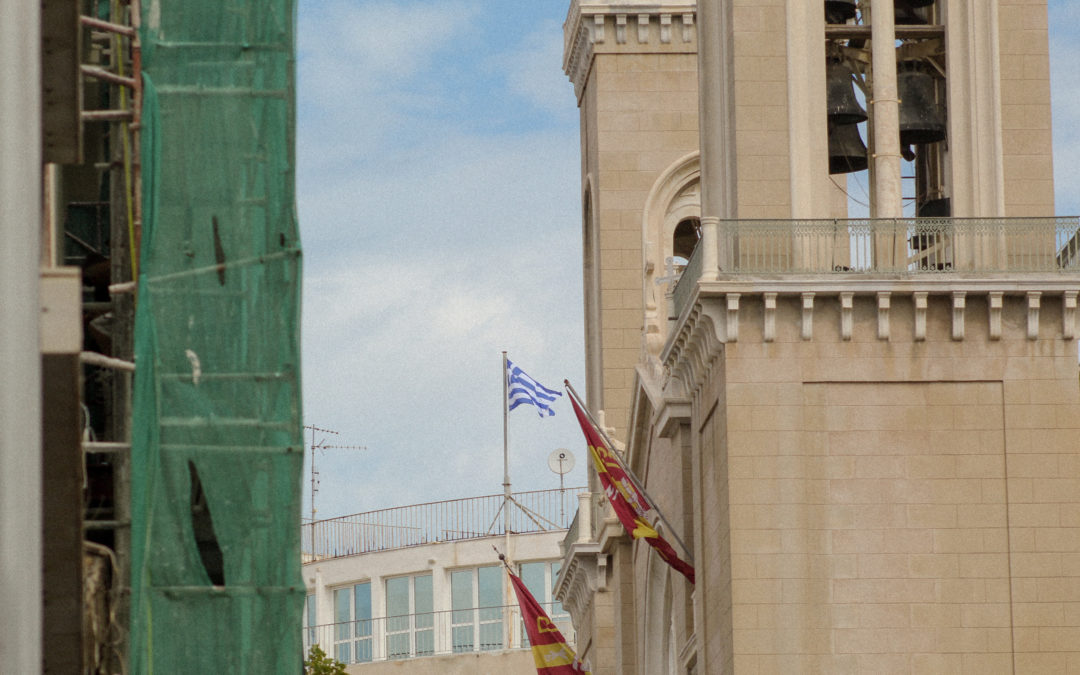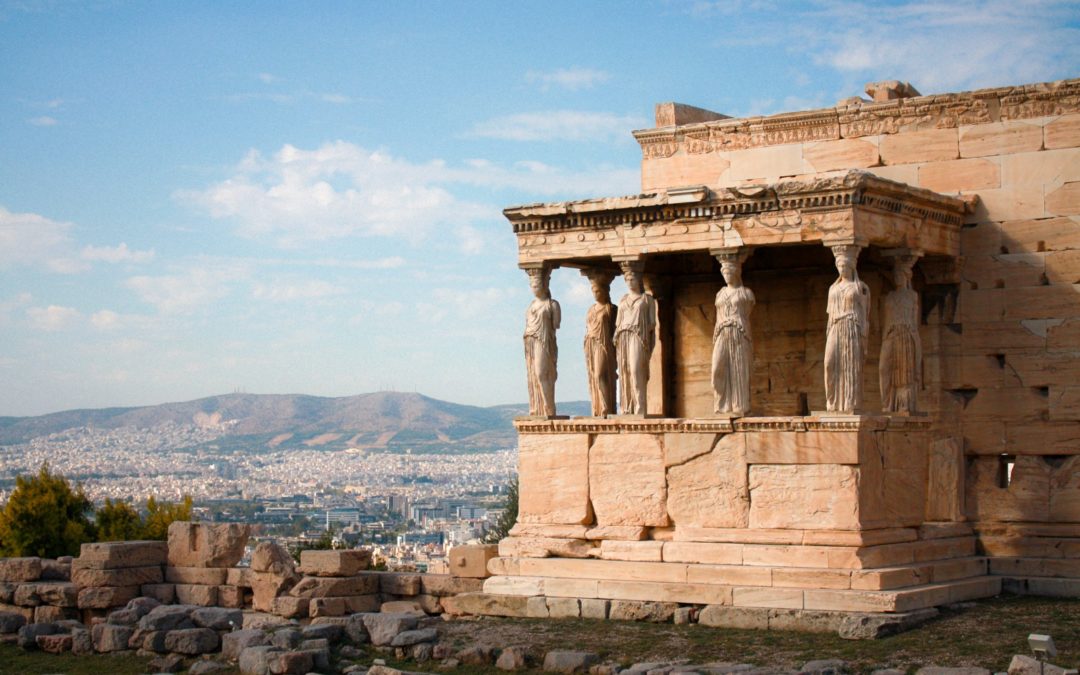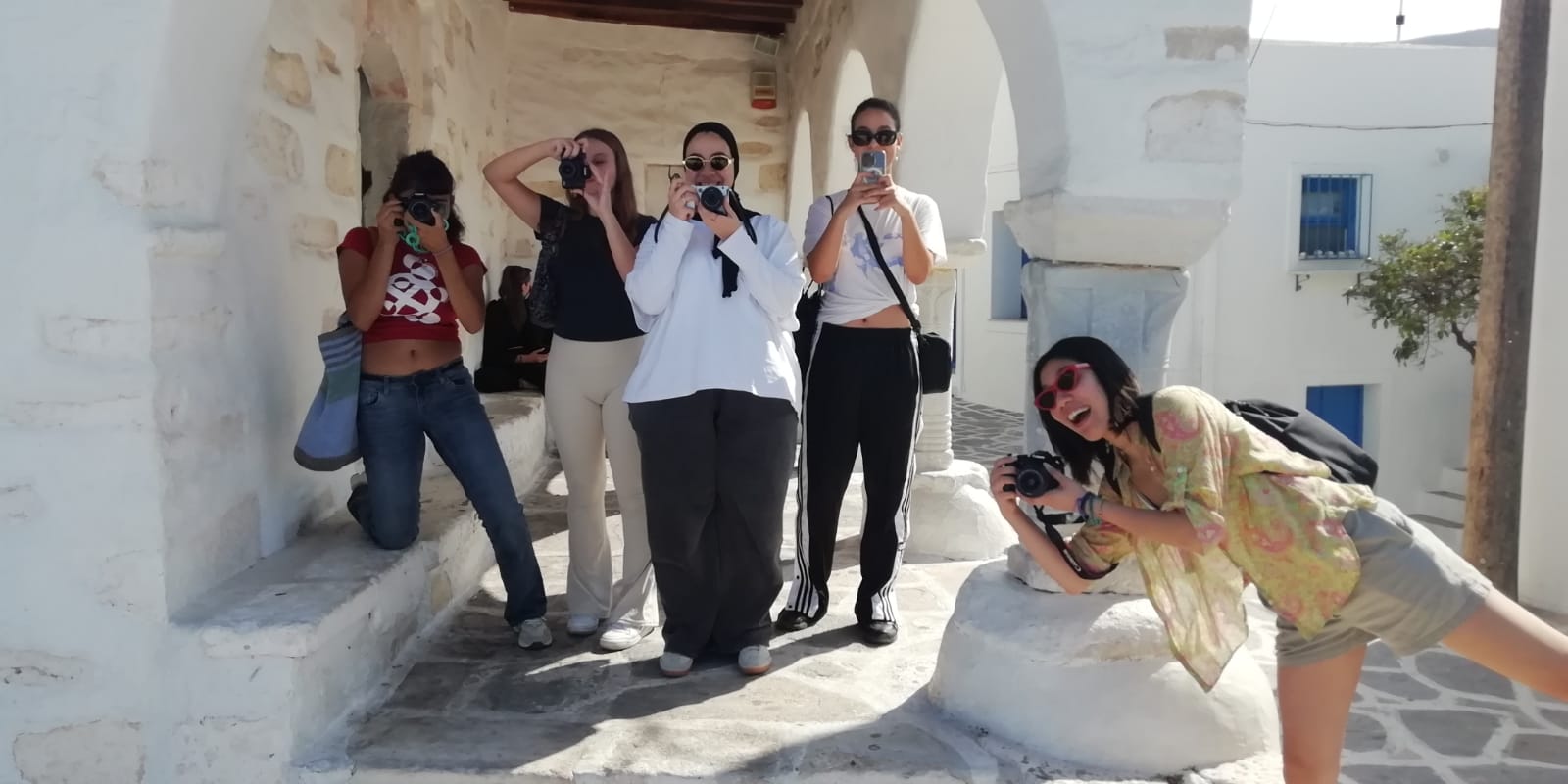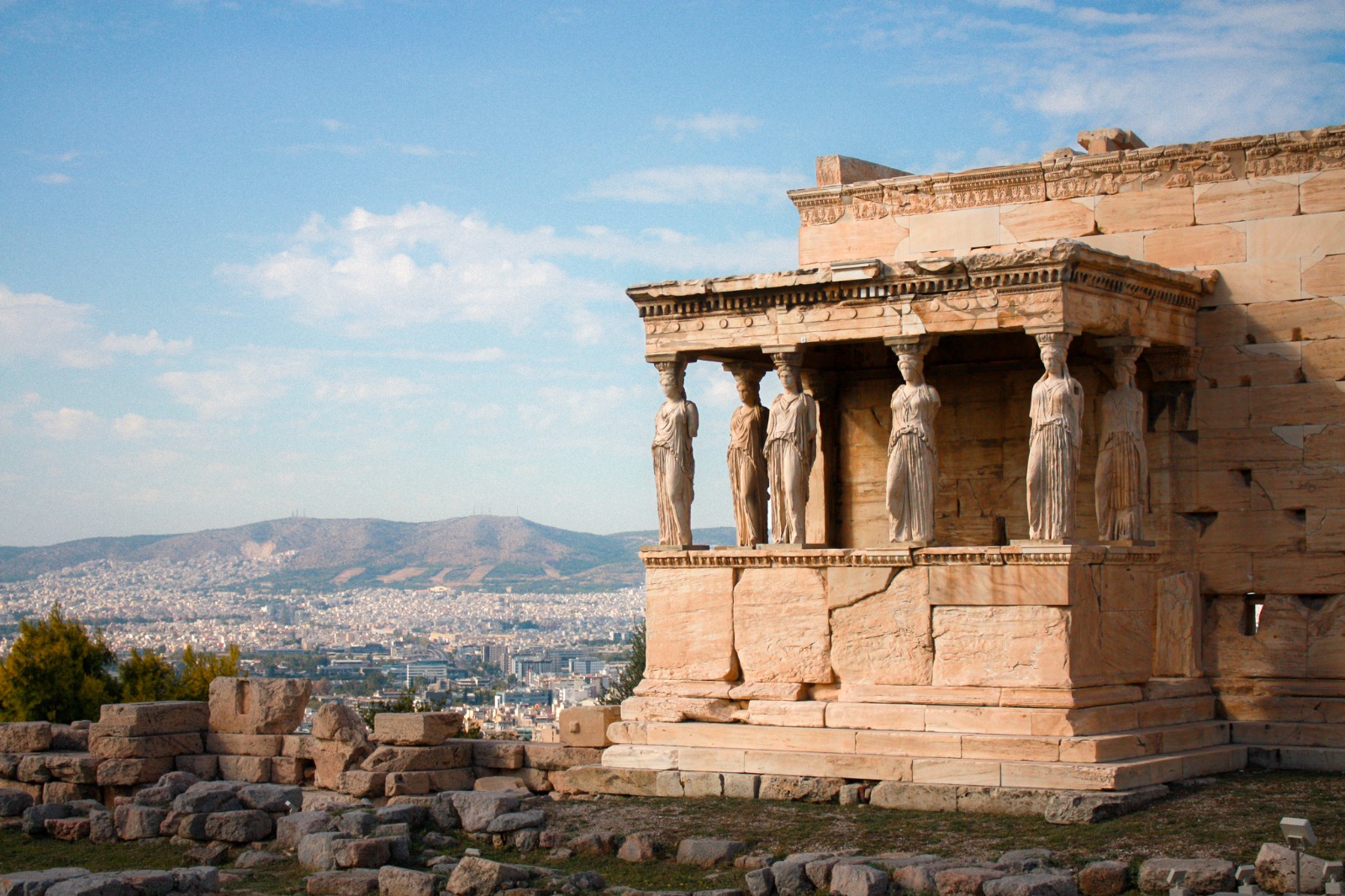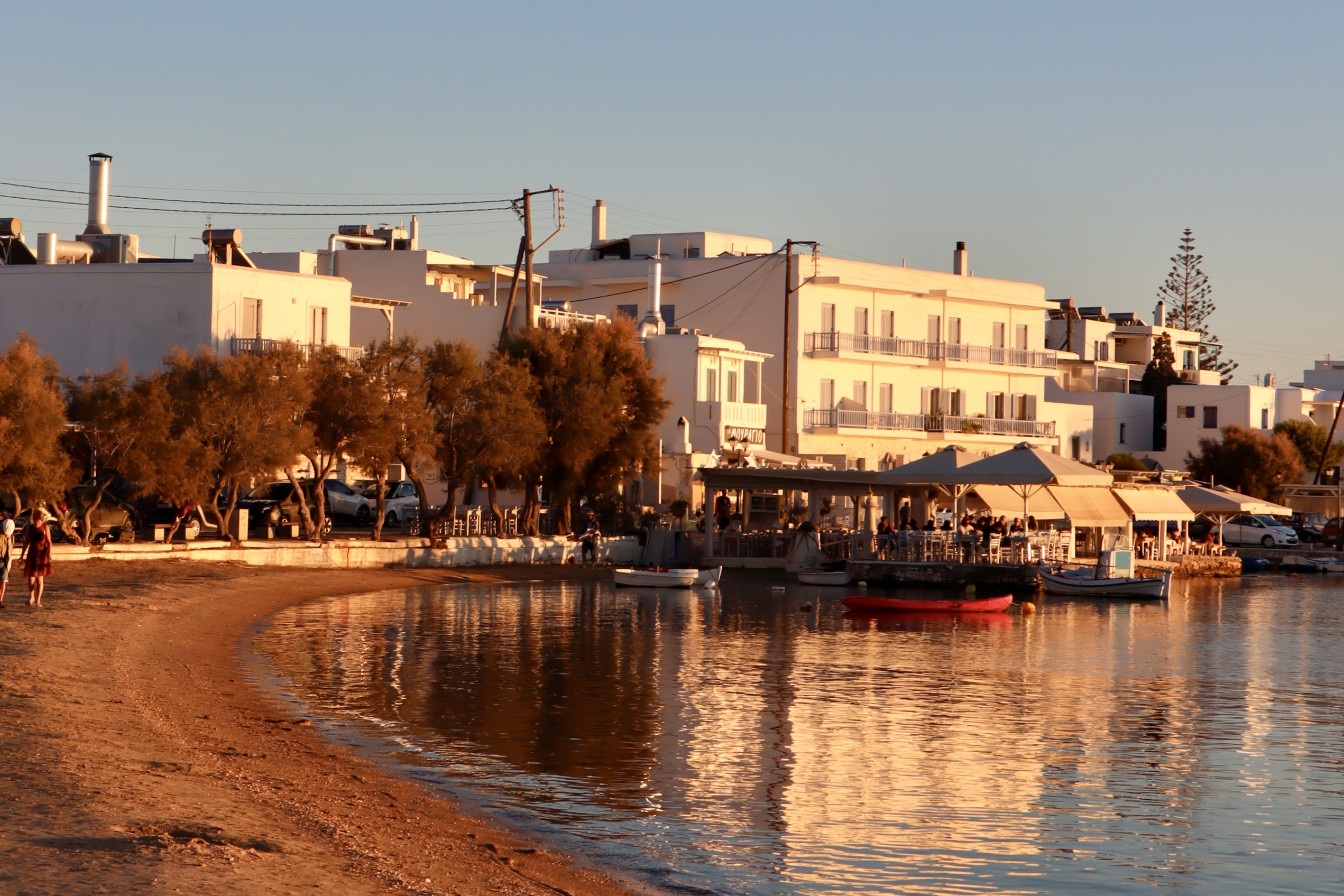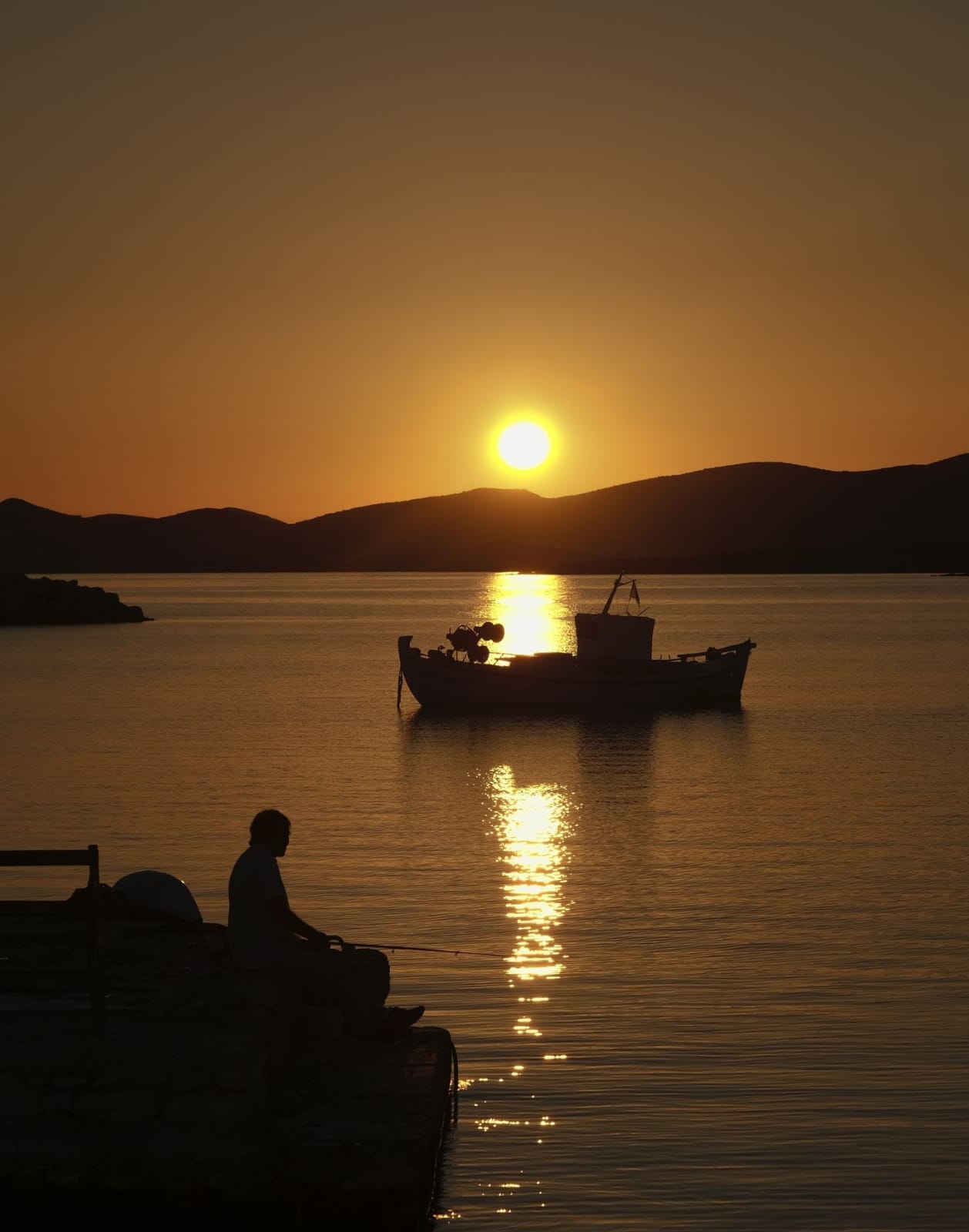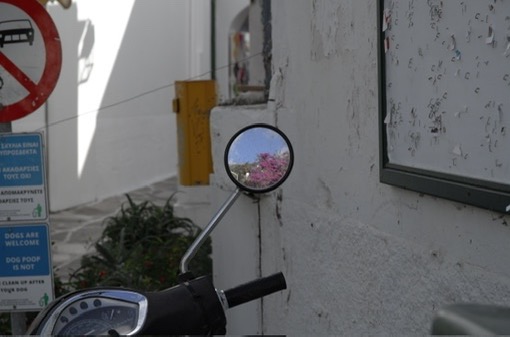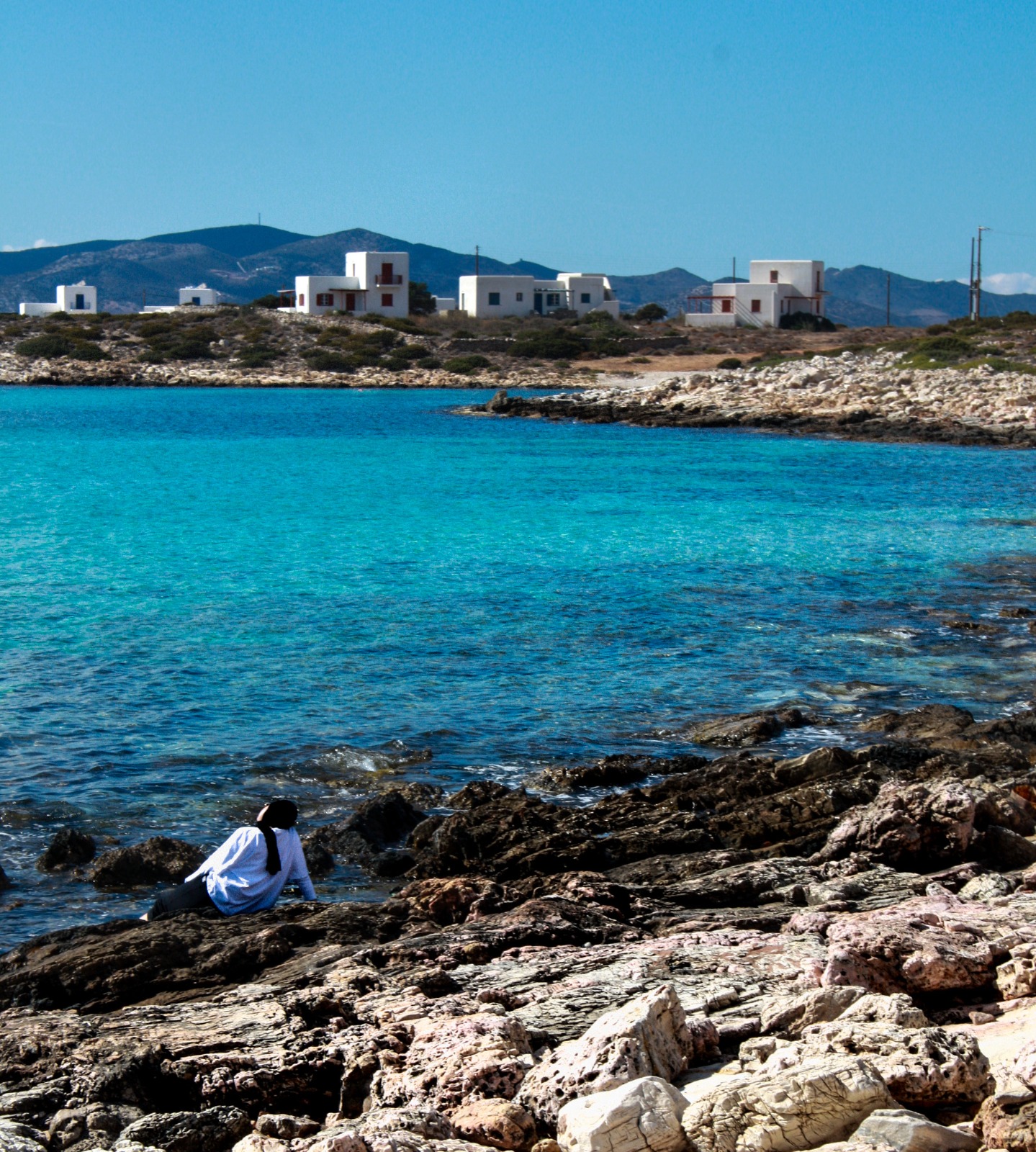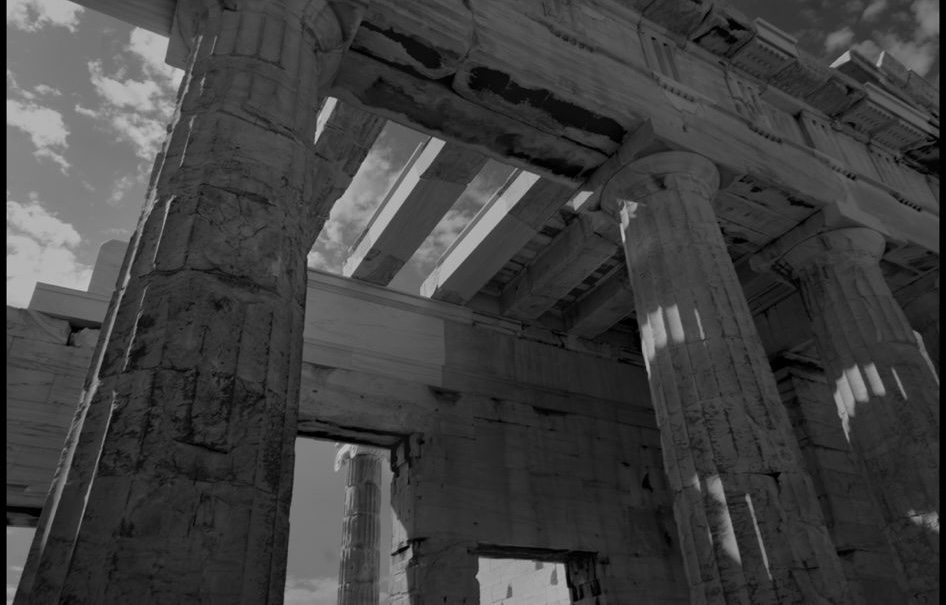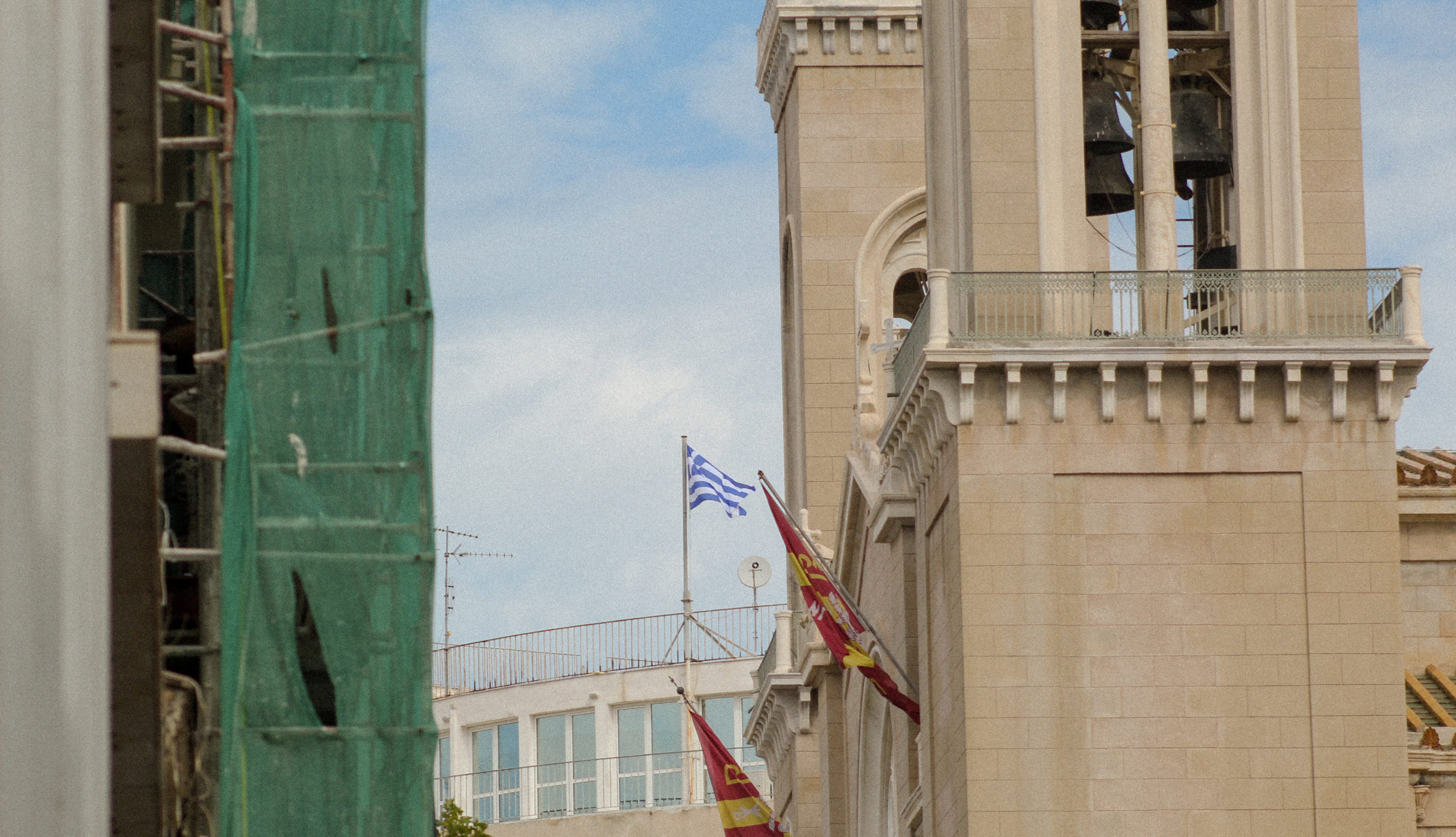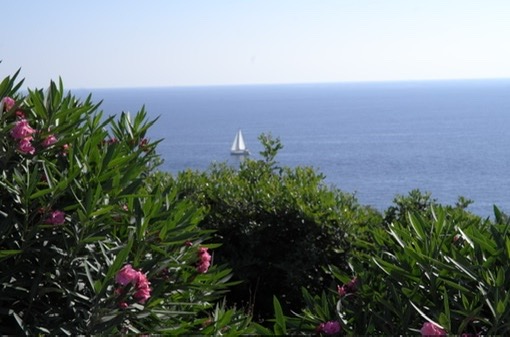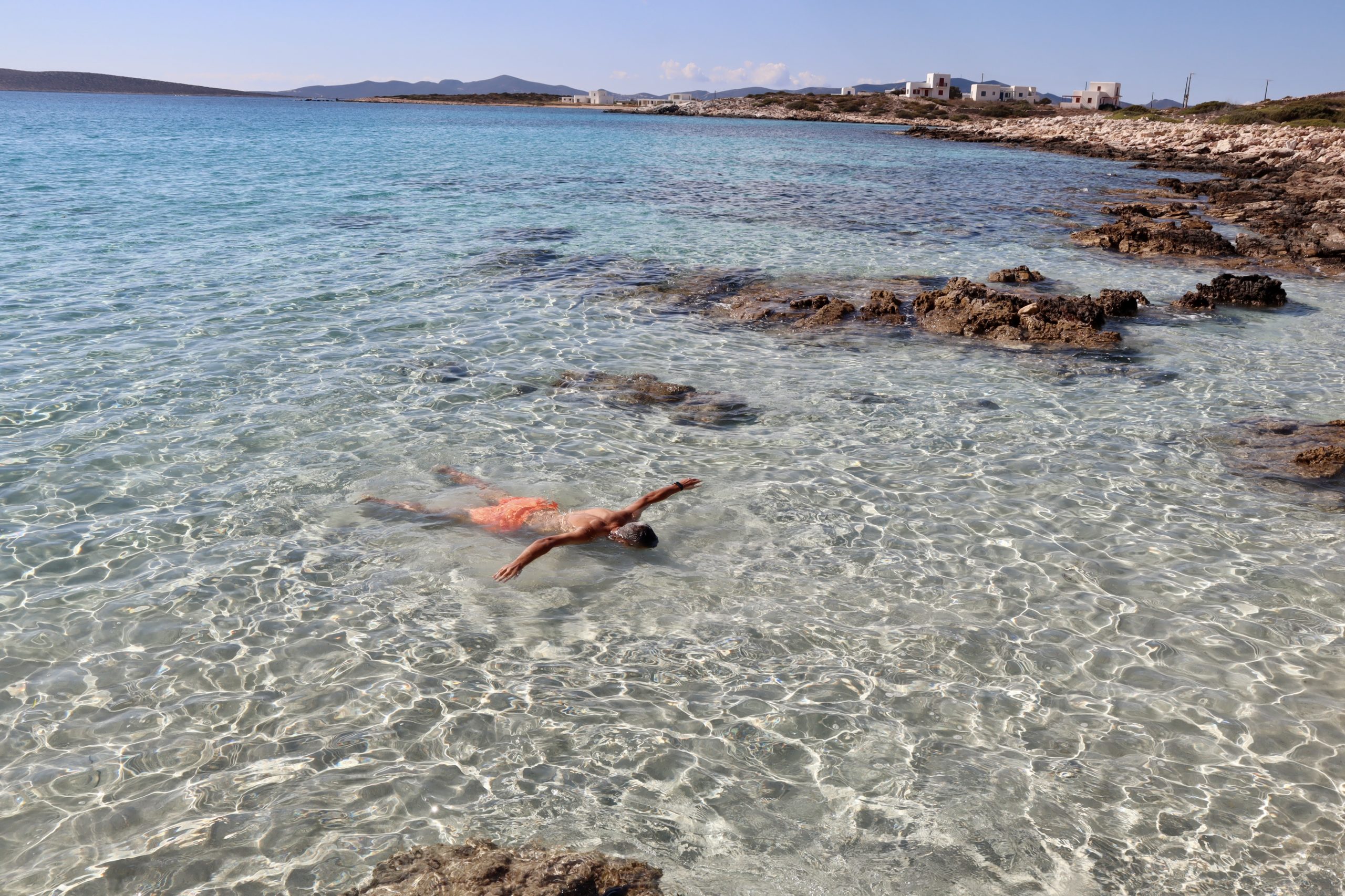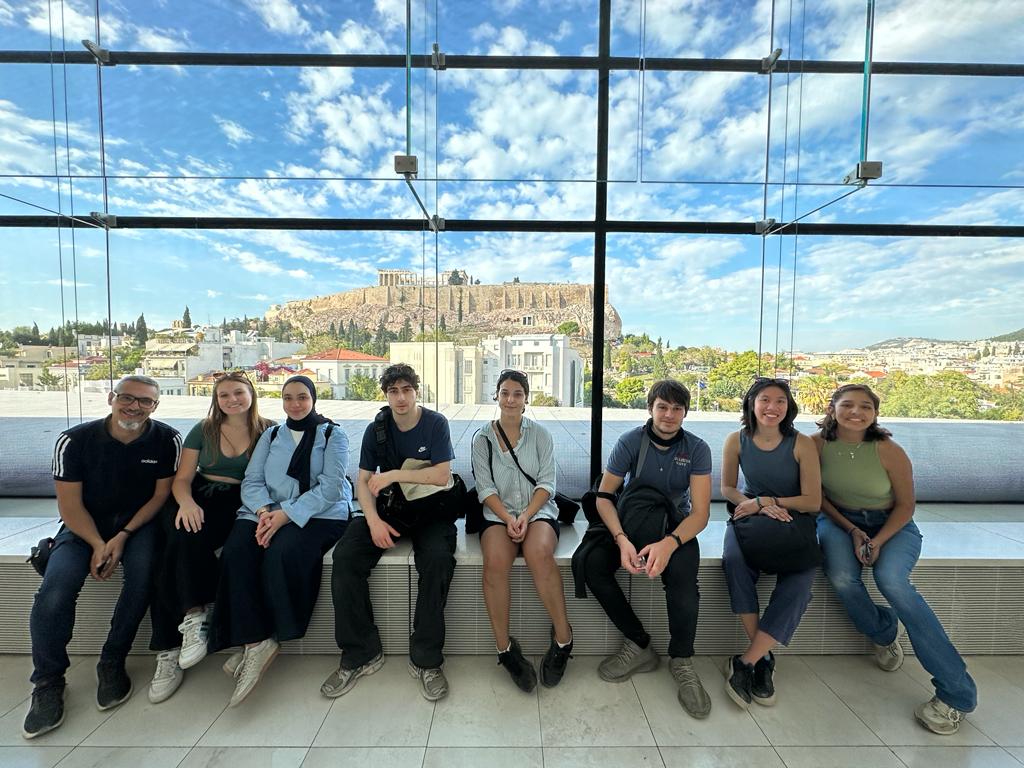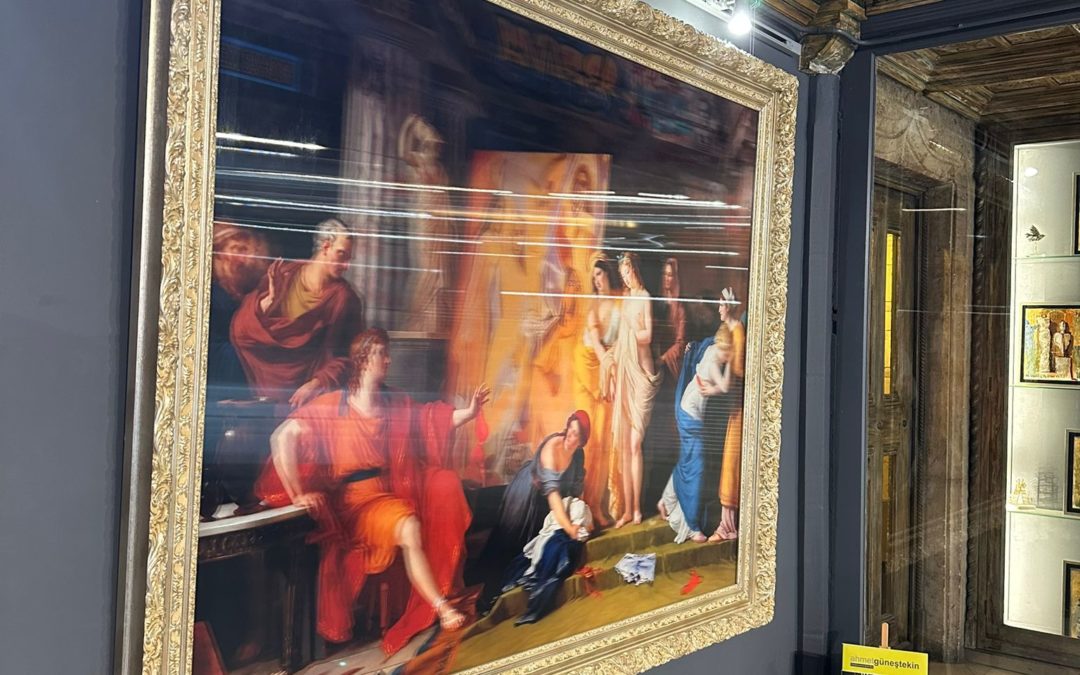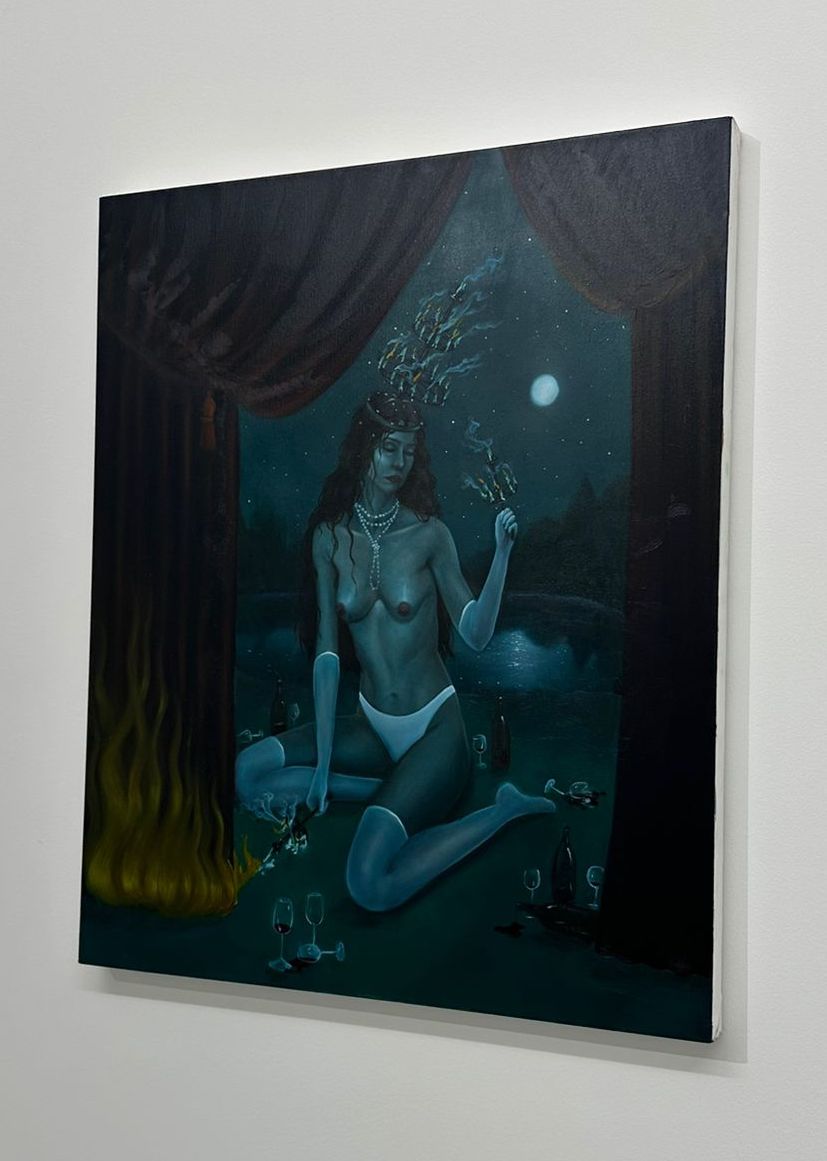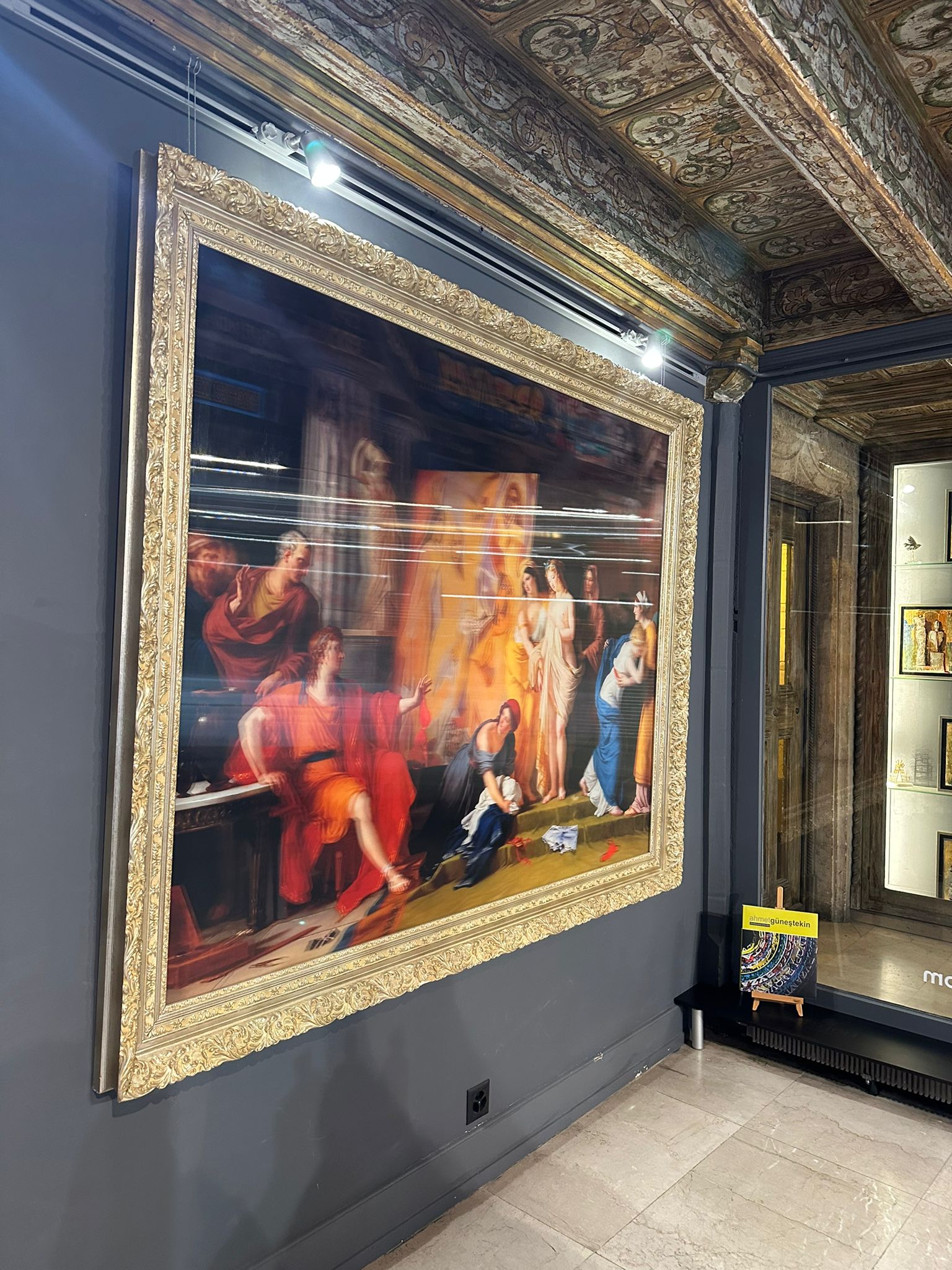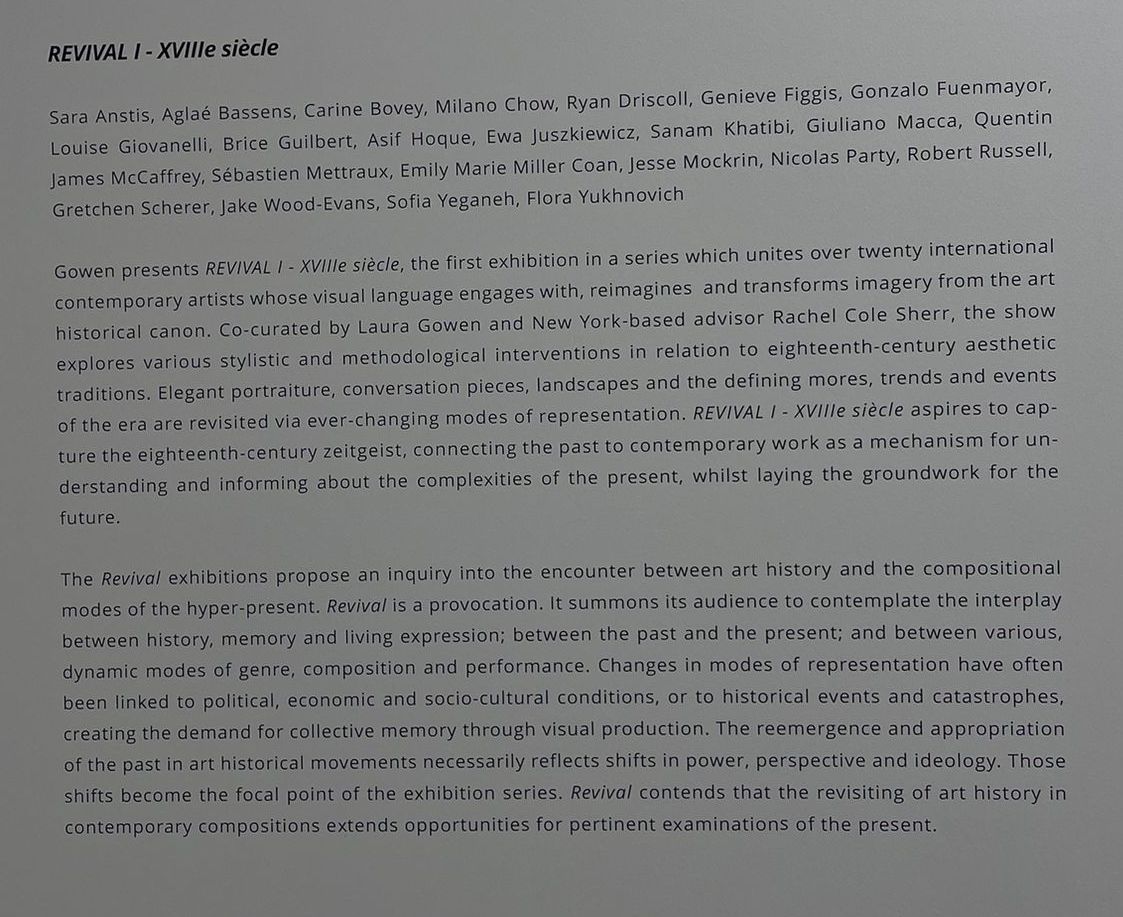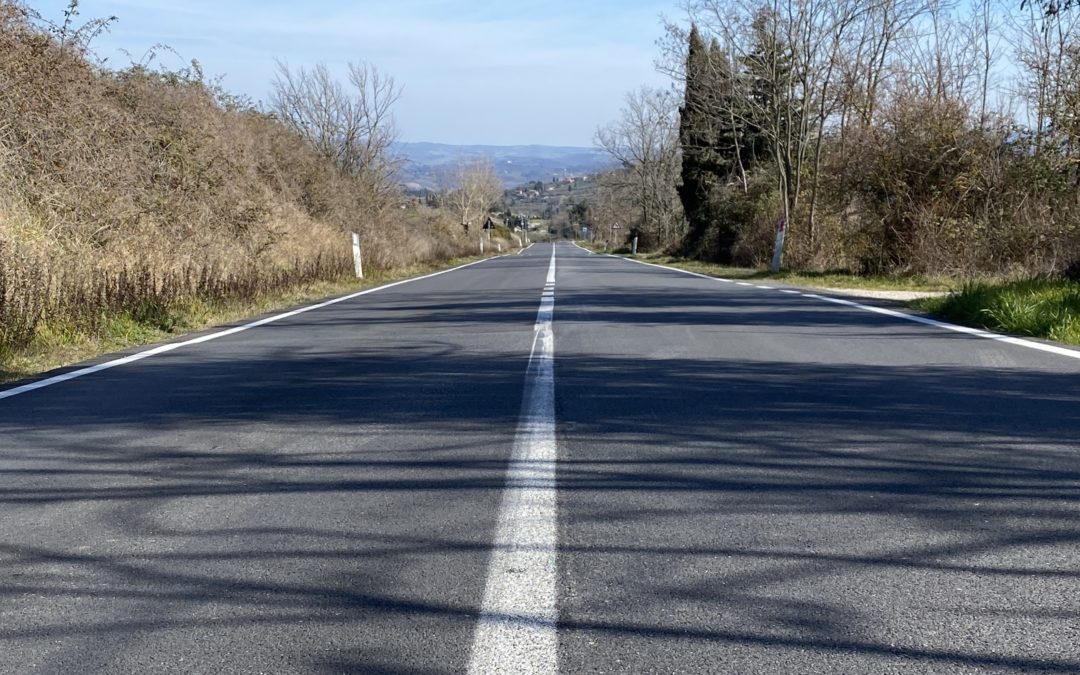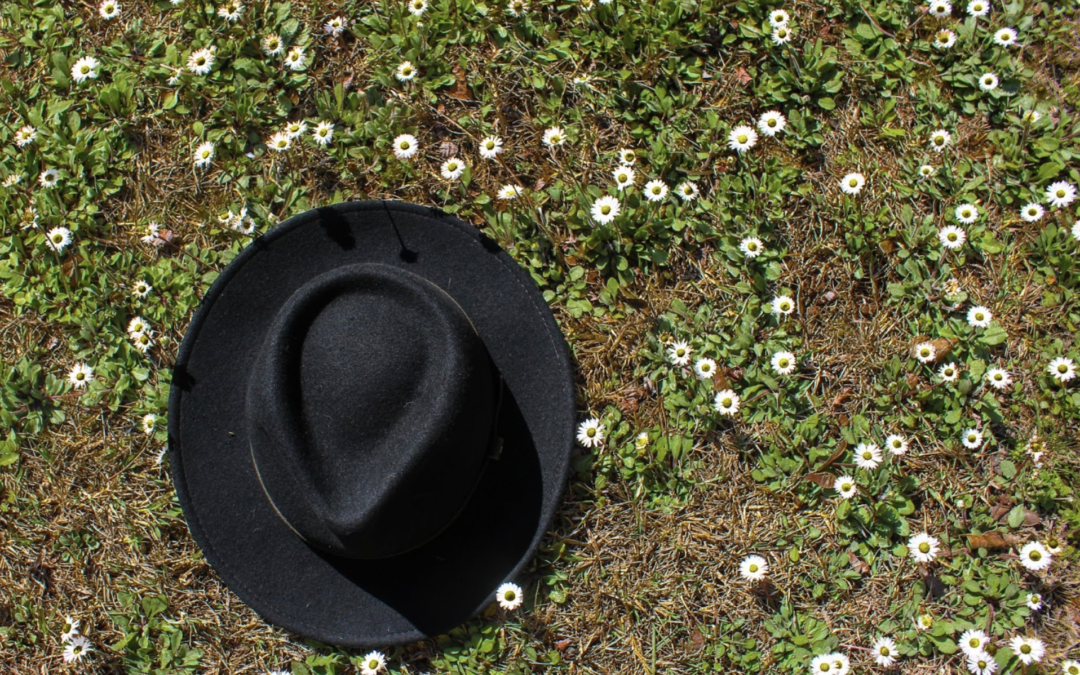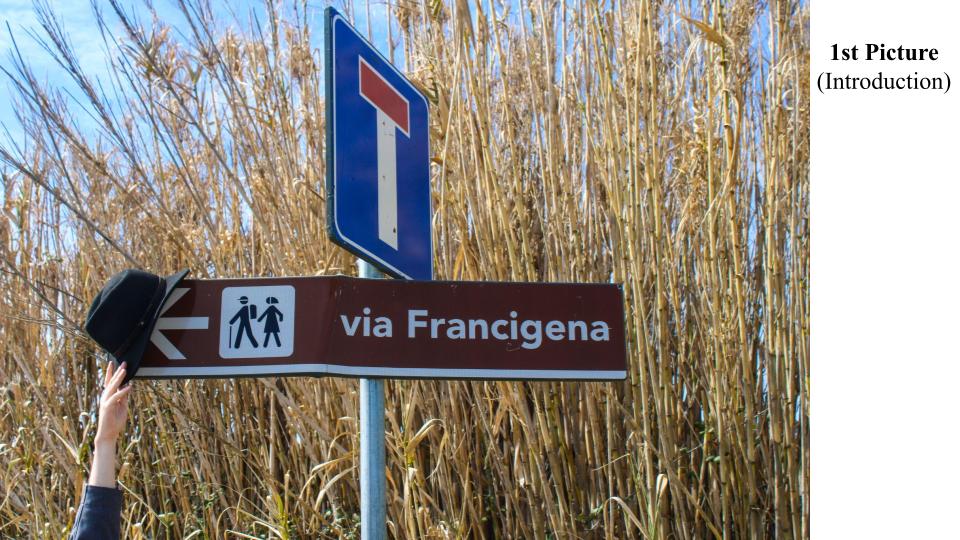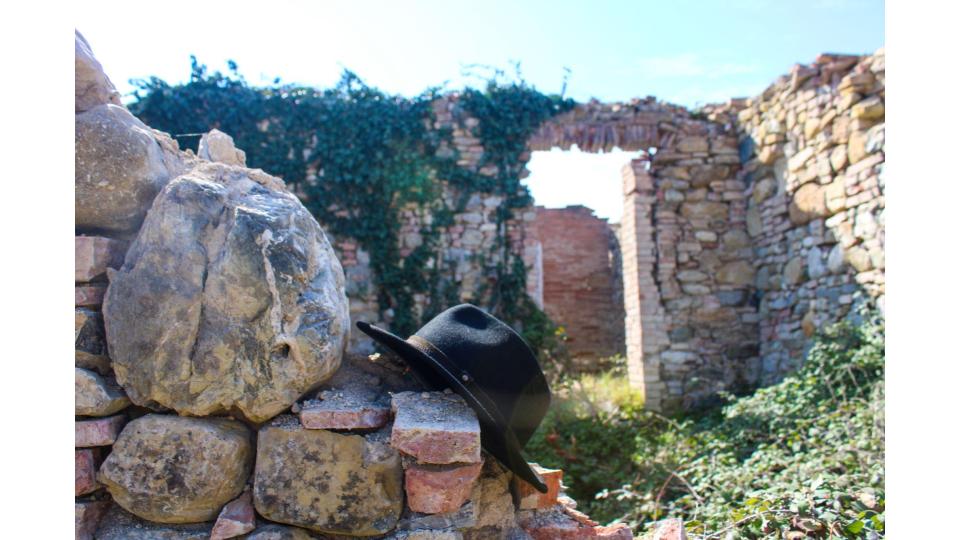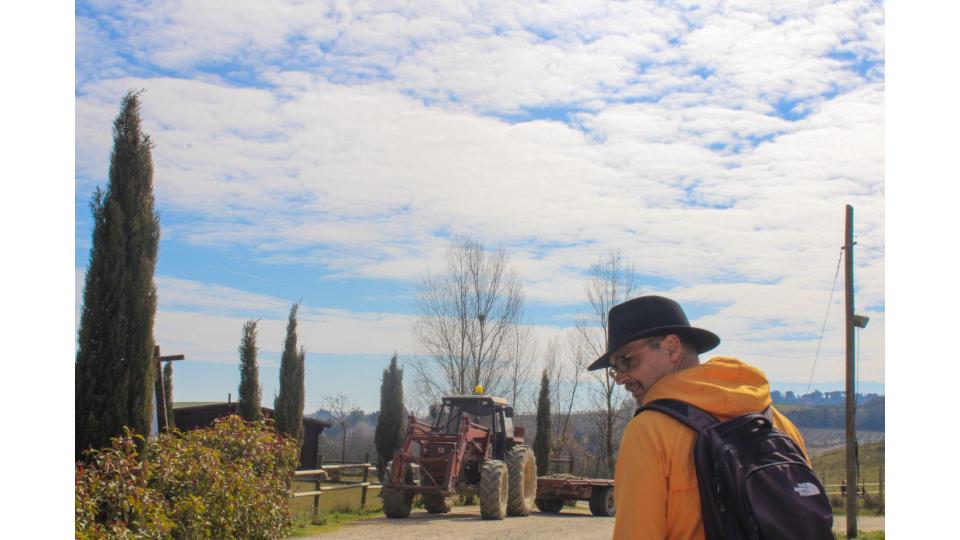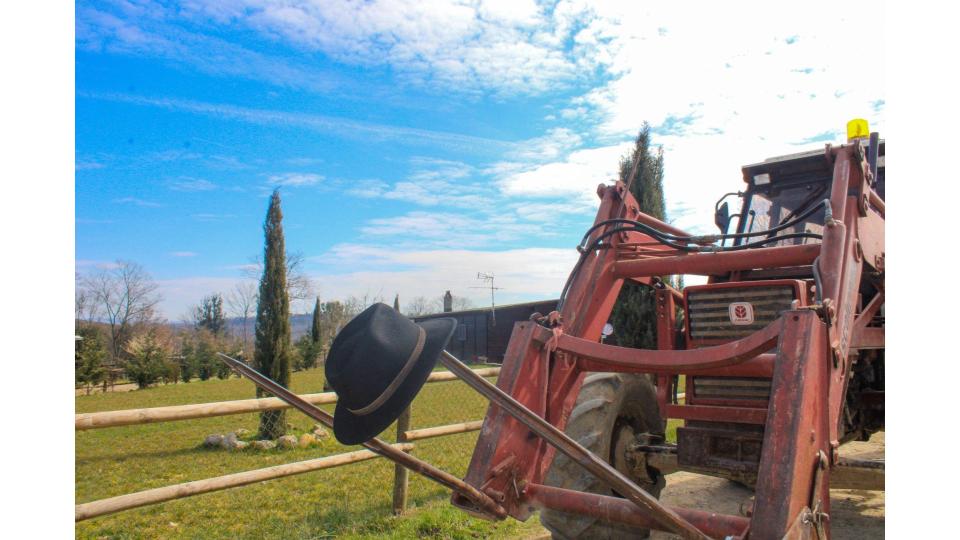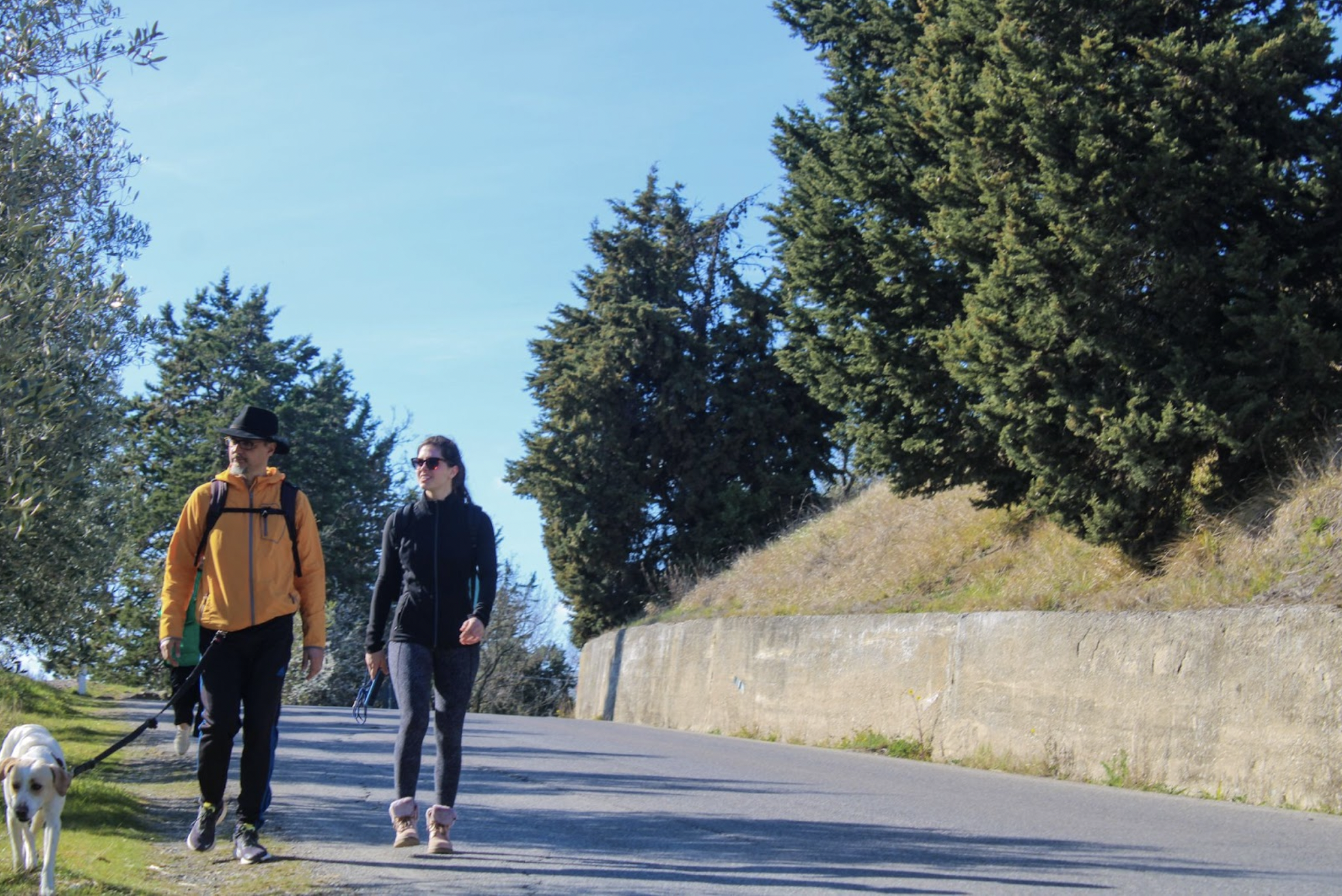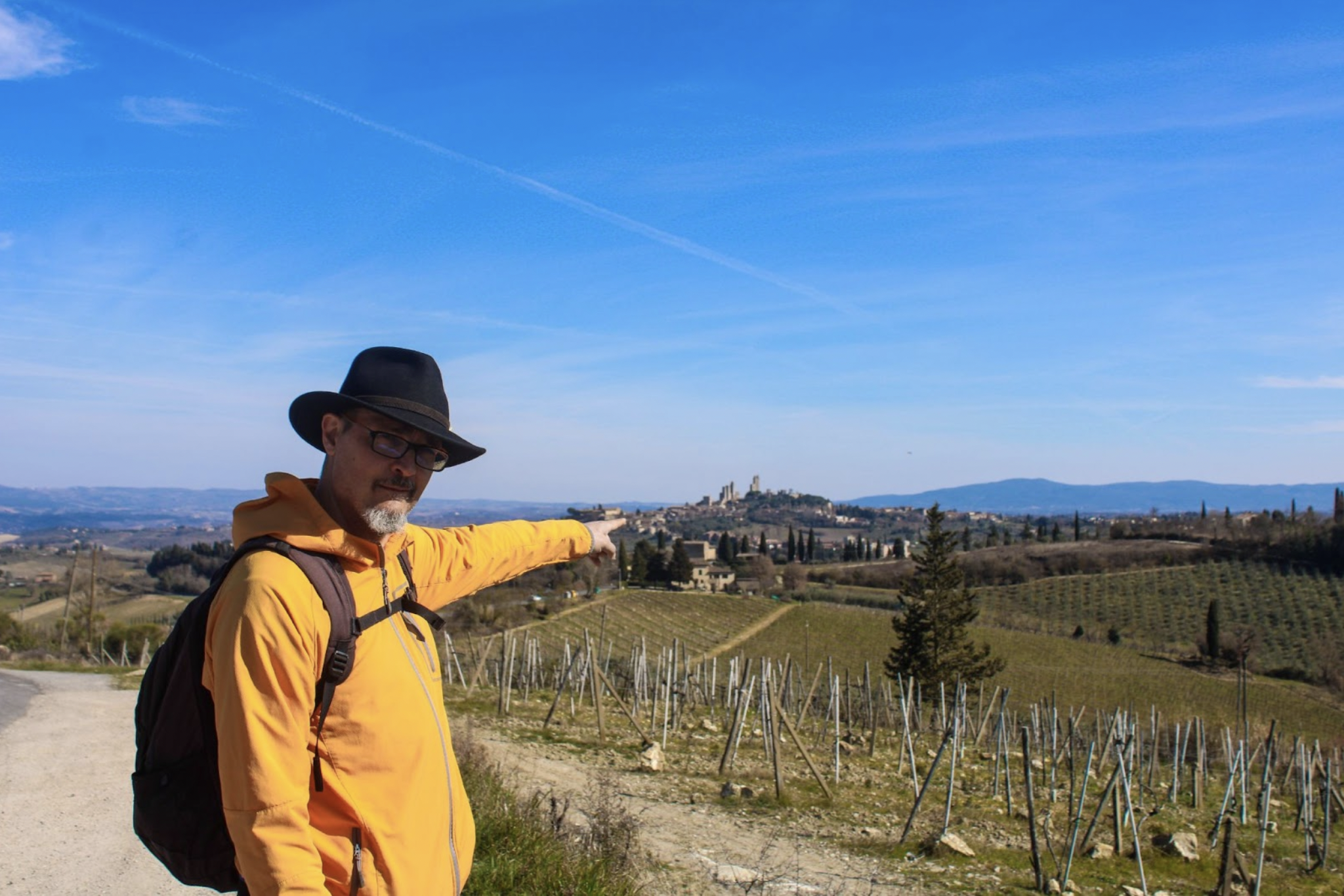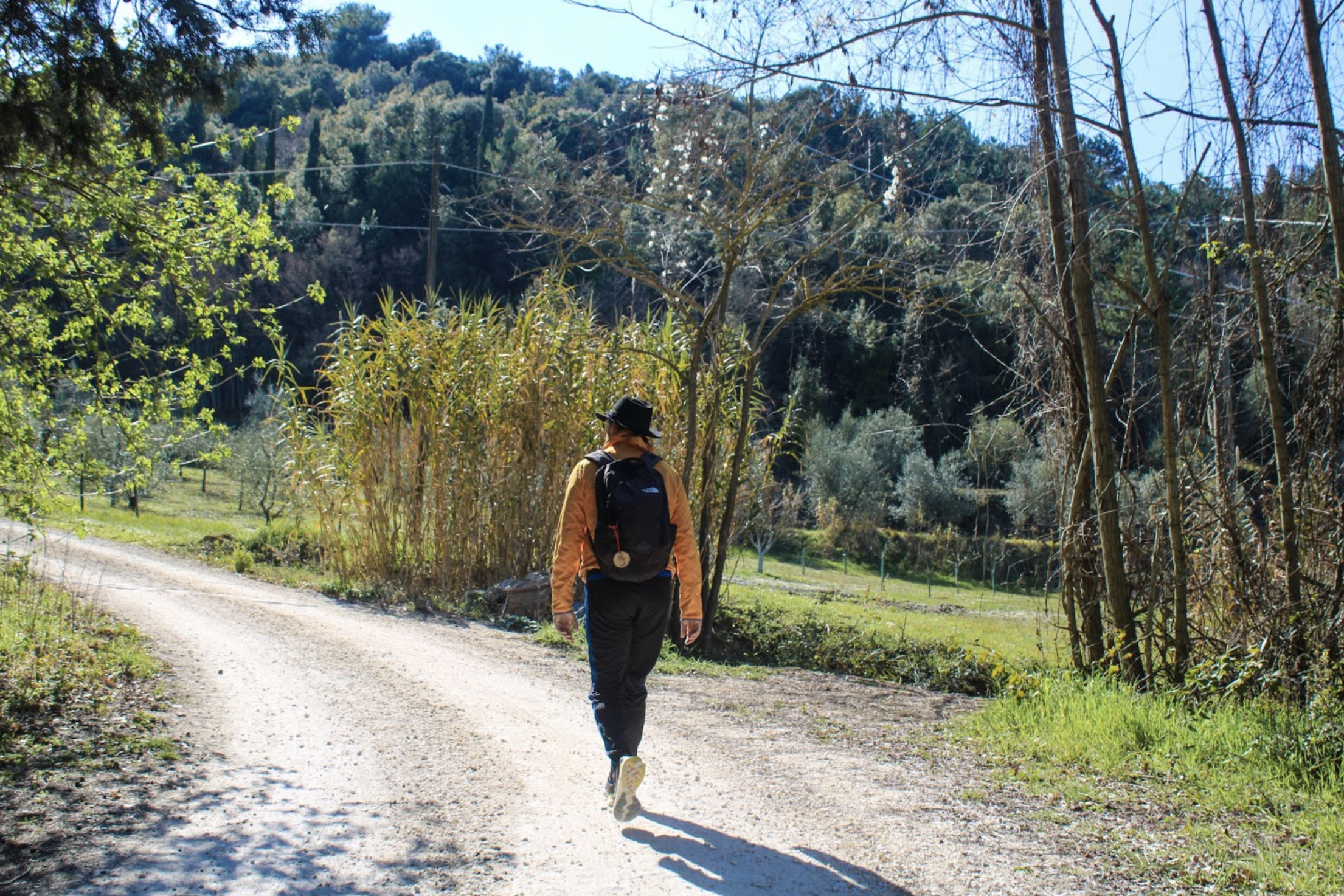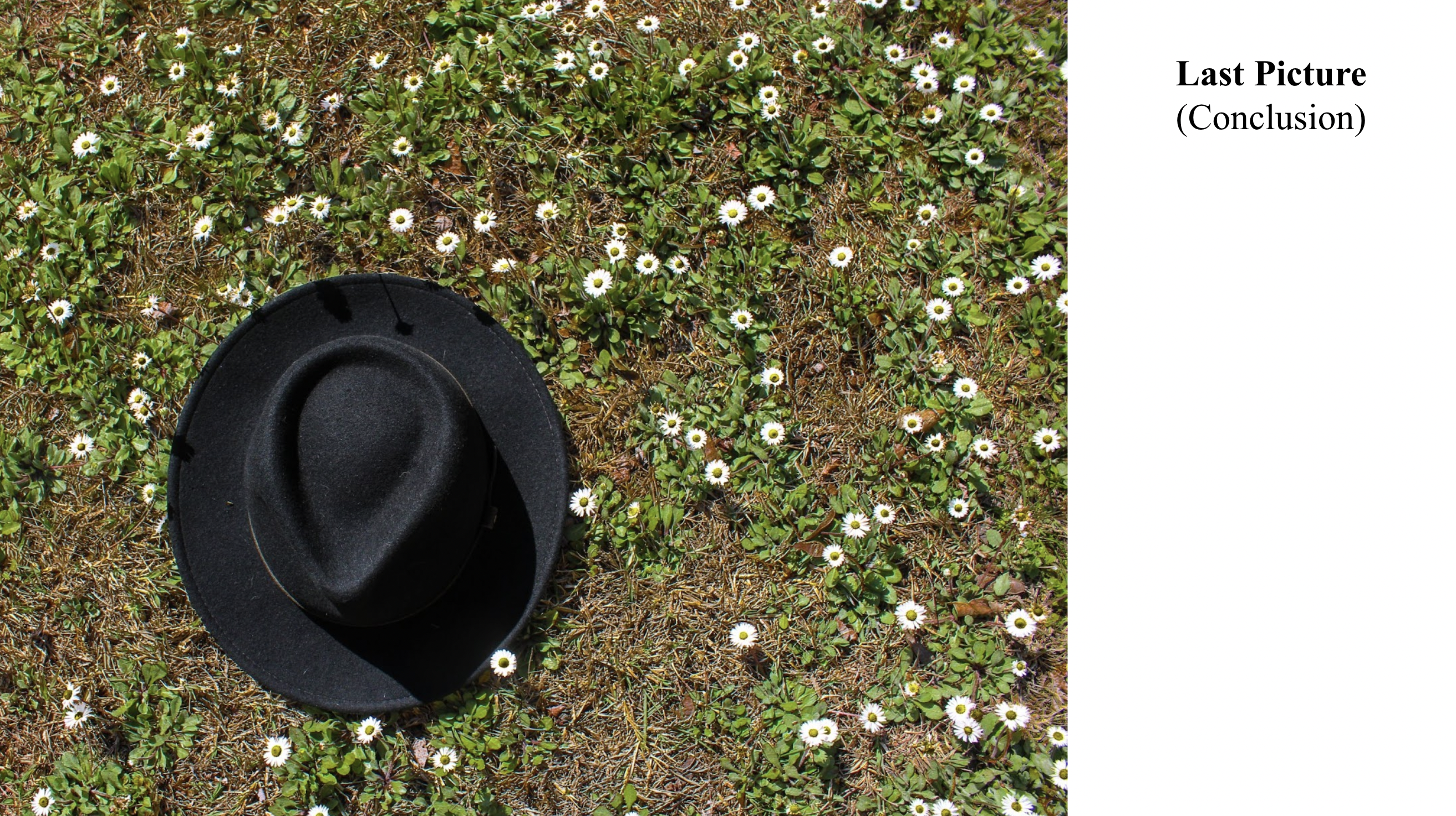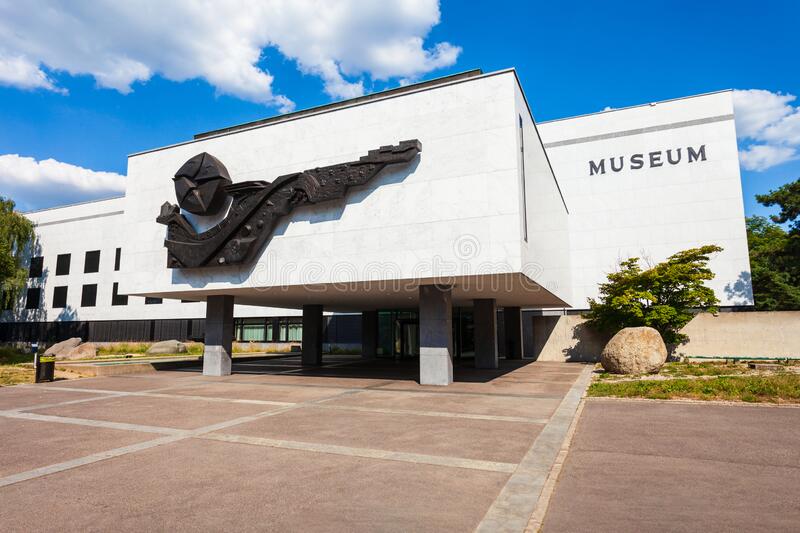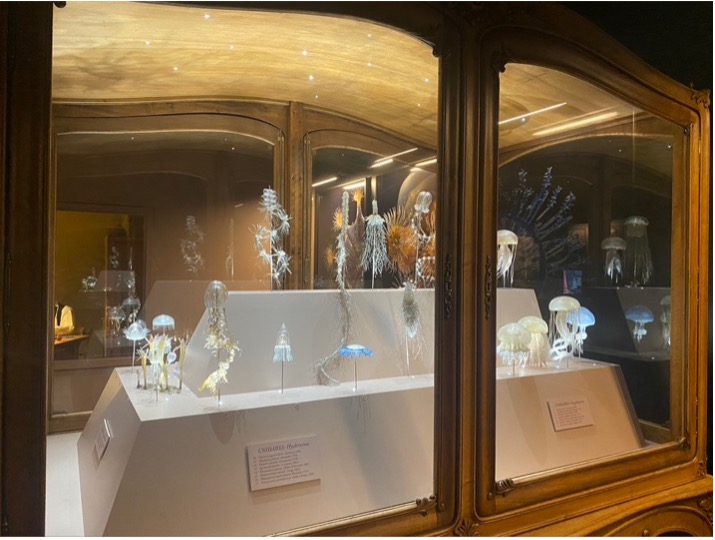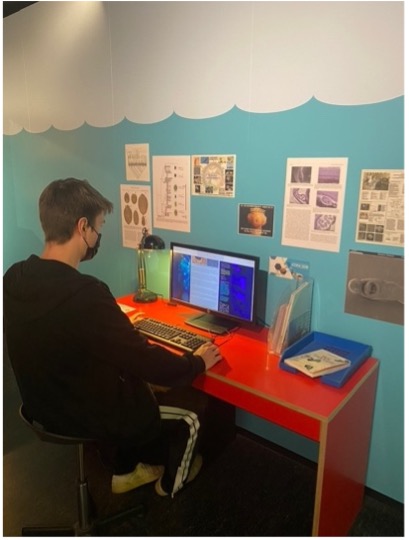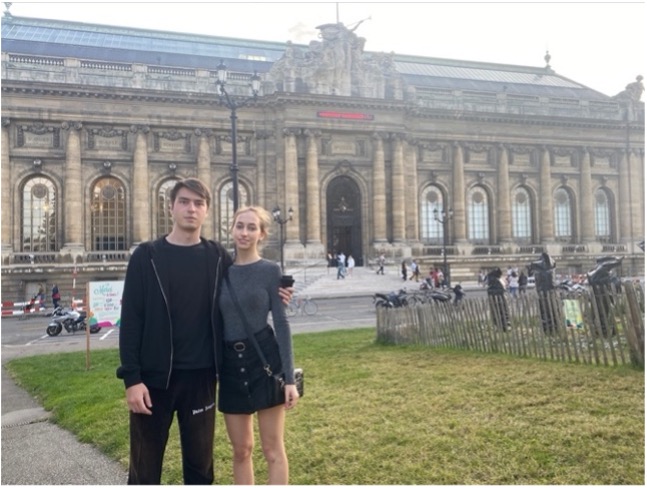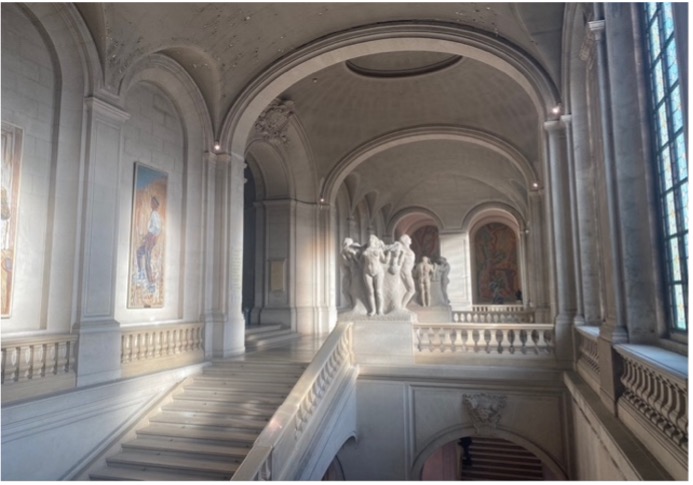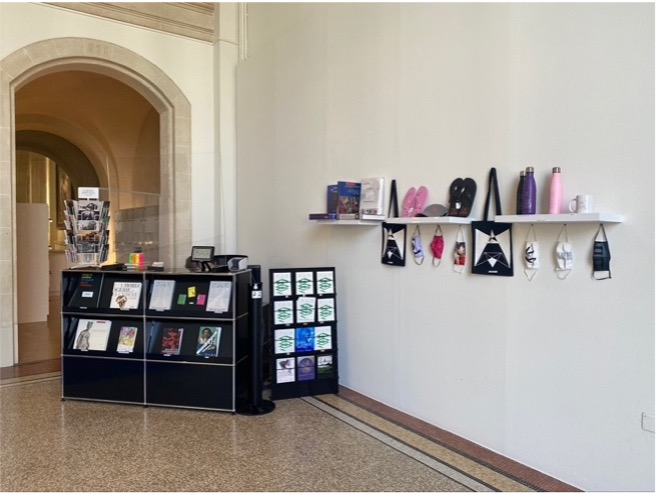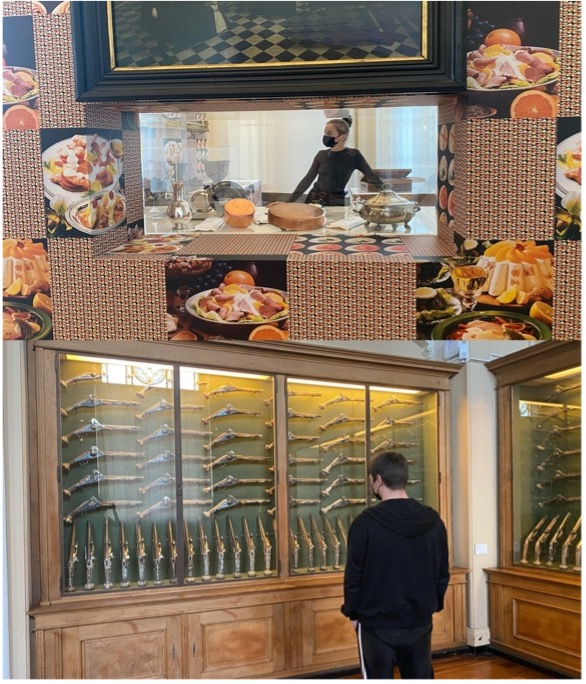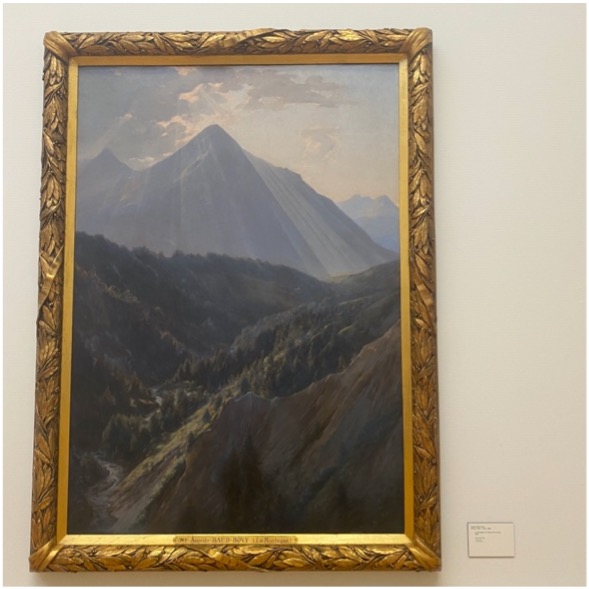My Secret Geneva
Museums have always been active in shaping our views and perceptions. They help us gain knowledge about past practices yet manage to make the process of learning fresh. We chose museums as “A secret Geneva midterm project” because it is our belief that they provide the most effective way of learning. Since we are university students, we find the idea of time-saving resources essential. Furthermore, a single visit to the museum can assist in exploring in-depth information on a particular subject. Both of us are genuinely interested in nature and its history, as well as in art and archeology. Therefore, we chose to explore the “Museum of Natural History” and “Musée d’Art et d’Histoire” in Geneva.
Let us kick off with the “Museum of Natural History” (Figure 1). To begin with, the museum is located on Route de Malagnou 1. Webster University students can take a train from the Genthod-Bellevue train station to Genève-Eaux-Vives, gare, which is 10 minutes away from the learning center. The museum itself is open every day from 10 am to 5 pm, except Monday when it is closed the whole day. We came there on Saturday at approximately 4 pm. It was not crowded since we witnessed only a few families and students around. What is more, the entrance and Wi are entirely free. Nevertheless, an essential part is bringing the negative PCR / Rapid Antigen test / COVID certificate and an identity document that the staff members check at the entrance. We came to the museum with negative tests, which had to be confirmed with a passport / ID. We had only pictures of passports, and unlike in most restaurants and shopping malls in Geneva, the workers did not accept the photos. We had to go back to the university to get the identity documents and bring them to the museum.
Right after the entrance to the museum, we were surprised to see the real conserved species. Figure 2 below reveals how it looked to us. There were crocodiles, turtles, snakes, and the descriptions of them. Then, when we ascended to the first floor, we saw a cozy cafe, which was, unfortunately, closed because of COVID-19. However, on the same floor, we got a chance to explore an extensive collection of stuffed and preserved animals. For example, the tropical part exhibited camels, donkeys, and leopards. For the record, did you know that the last wild Bactrian camels live in the Gobi desert, where they face an arid climate? In order to resist the drought, such a camel can drink up to 100 liters of water in one go. That is an astonishing fact that we read in the tropical section of the exhibition. Besides, the descriptions of animals and facts about them are written down in both French and English languages. Furthermore, what we have valued on this floor was the contrast between exhibitions. As we have already mentioned, there was a tropical one. Yet, the exhibitions of various species of birds and the Antarctic were present too (Figure 3). Thereupon we checked out the second floor, which manifested such stuffed animals as jellyfish, sharks, and just fish. You can see the demonstration of jellyfish in Figure 4. We found it an exciting idea for the inventors to use glass and metal since they connected biology with art. The last but not the least floor exhibition is dedicated to geosciences, astronomy, and the evolution of man. It may seem boring to some, but the museum practically enlivens the presentation by offering biology-linked games and fun activities (Figure 5). For instance, there is a computer that helps us gain knowledge on the parasite ecology and the parasite of the day. By clicking on each concept, profound information on the topic is provided. We think that it is a great idea to come up with such activities since this exact way the younger generation can be attracted to the museums as much as the older one. Overall, the “Museum of Natural History” is a considerable place to visit for those who want to learn more about animals and geosciences yet make the observations fun and absorbing. Our personal museum experience is absolutely positive. We have enjoyed it and definitely recommend everyone to check out the exceptional quality of the museum.
